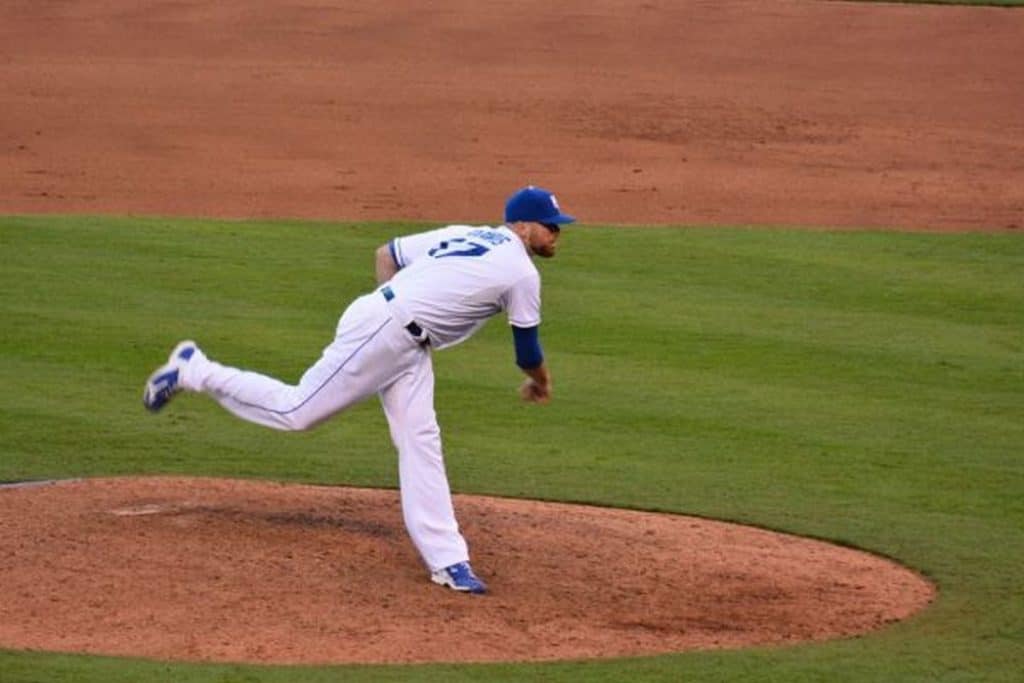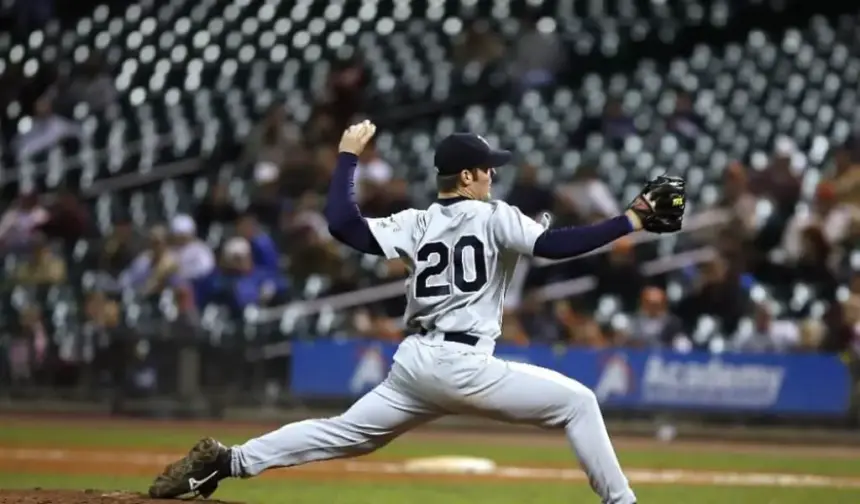What Does LRP And MRP Mean In Baseball? (Solved!)
Throughout baseball history, relief pitchers haven’t been getting a lot of attention, both from a strategic perspective and their total usage.
However, with the evolution of the game and the rise of advanced statistics, bullpen pitchers became a more important part of team tactics and started to receive specialized roles.
Of course, we also got the new terminology to keep up with these developments.
Still, all this could be overwhelming to some as it’s sometimes hard to track all the acronyms referring to certain players’ roles.
This is especially true for relief pitchers, a group that now includes several different pitching specialists, each with their own designation.
This can sometimes create a lot of confusion and people often ask what does LRP mean in baseball or what does MRP mean in baseball.
Below, you’ll find what these acronyms stand for and how players in those roles are used.
So, let’s dive in!
Table of Contents
What Does LRP Mean In Baseball?

In baseball, LRP is short for Long Relief Pitcher or Long Reliever.
Unlike most of the other relief pitchers who only come on for short stints, Long Relievers commonly stay longer in the game.
In most cases, they will play at least several innings of relief after replacing starting pitcher early in the game.
Long Relief Pitchers are often former starters who are not good enough anymore to start regularly.
Their main duty is to replace starting pitcher when he leaves the game early for whatever reason.
These reasons can include an injury or lack of stamina, ejection, weather-related issues, or, simply ineffective pitching.
Another benefit Long Reliever brings to the team is that they can stay in the game long enough to free other relievers from pitching due to their higher stamina.
The successful performance of an LRP provides managers with more flexibility when it comes to late-game strategy.
How Do Teams Use LRPs?
Typically, the Long Relief Pitcher will step to the mound before the fourth or fifth inning of a ball game.
When the starting pitcher is pulled out, the Long Reliever will commonly have the runners on base with the risk of giving up more runs.
In these situations, managers usually expect Long Relief Pitchers to get the game under control and give the offense a chance to get the team back in the game.
If a starting pitcher is severely struggling, the LR may enter the game even earlier.
LRPs are also helpful during the extra innings of a tied game. At this point, other relievers have commonly already been used.
Even though Long Reliever is not the most effective pitcher in the lineup, this is still a better solution than using a position player or one of the team’s usual starters and messing up the future rotations.
What Does MRP Mean In Baseball?

MRP in baseball stands for Middle Relief Pitcher, a position whose role is to bridge the gap between the starter and the setup pitcher or the closer.
Besides starters, MRPs can relieve any other pitcher as well. This commonly happens at some point in the middle of the game, during the 5th, 6th, or 7th inning.
The MRP’s time on the field is usually fixed and they last for no more than one or two innings.
In most cases, they exit the game during the 8th or 9th inning to make way for the setup man, closer, or a left-hand specialist.
In leagues with no designated hitter rule, MRP is often called up after the starting pitcher has been replaced by a pinch hitter.
As they spend limited time on the field, Middle Relievers don’t need superb conditioning and stamina.
More important traits are mental strength and understanding of strategy.
How Do Teams Use MRPs?
Even though they don’t see as much game time as Long Relievers, Middle Relief Pitchers often significantly contribute to winning ball games.
The most common situation when MRP is used is when they seem to have a good opportunity to prevent the opposing team from scoring.
Their main job is to maintain the lead the team already has or to stop the other team from getting into the leads.
It’s often the situation when the starter hasn’t performed very effectively and allowed the runners to reach the base, so the Middle Reliever has to strand the inherited runners.
A successful Middle Relief Pitcher will prevent significant damage from the opposing batters and hold the fort until the better pitcher comes in.
This gives star pitchers an opportunity to rest and come back for another inning.
Because of this, MRPs are especially important in long and high-scoring games or double-headers.
The Difference Between LRP And MRP
The main differences between Long and Middle Relievers are the time they spend in the game and the point of the game at which they get called in.
While Long Relief Pitcher can come in as early as the second inning, Middle Relievers are rarely used before the sixth or seventh.
Plus, MRPs rarely stay on the field for more than one inning, while LRPs see much more significant game time.
So, they’re required to have better stamina and conditioning.
As they’re in the game longer, this also means that Long Relievers are more likely to give up runs during their pitching turn.
How and when managers will use Long or Middle Relievers depends on particular game situations.
When deciding to call up LRP or MRP, managers consider specific strengths and weaknesses of both their own and opposing teams and how they match up against each other.
What Does LOOGY Mean In Baseball?
Another baseball acronym that often confuses people when talking about relief pitchers is LOOGY. However, things are pretty simple and it’s just a term for another type of relief pitching specialist.
LOOGY stands for Left-handed One Out Guy, and is a relatively new addition to baseball vernacular.
As the name says, LOOGY is a left-handed specialist whose main purpose is to face one or rarely two left-handed batters.
Occasionally, they may also be used against switch-hitters or weak right-handed batters.
This allows managers to create a mismatch in their advantage as pitchers have leverage when their primary hand is the same as batters, while for batters, it’s vice versa.
This is because, when pitching to the batter with the same handedness, curveballs break away from the hitter, instead of going towards him.
Plus, since most pitchers are right-handed, batters usually have less experience with lefties.
Conclusion
Even though tradition matters in baseball more than in any other sport, it’s still a game that’s constantly evolving.
Over the years, we witnessed some rules being changed, the development of new coaching strategies, and the emergence of new specialized roles for players.
Along with the game, the terminology used to describe it developed and expanded, too.
The best examples of this are relief pitchers. Nowadays, they are coming into the games in more specialized roles and each has its own acronym designation.
Terms like LRP, MRP, SU, or CP are becoming much more common in the baseball world.
This has especially been the case over the last decade with the rise of popularity of fantasy baseball and baseball video games where some of these acronyms originated from.
In recent years, it has become increasingly difficult to follow baseball without being familiar with acronyms such as LRP or MRP.




